I can't remember how many times I've knelt down and hugged that border marker with the number 92. I can't explain what magic that marker has that every time I see it, I feel nauseous.
Not forced, just natural, embracing it since the first meeting, when the milestone was just built of concrete, dry, square, not much different from the kilometer markers along the national highway. At that time, "92" was located in the middle of a dense reed area, to get down, one had to part the reeds, wade through wild grass, the reed leaves cut across the face to see it.
Milestone 92 - where the Red River flows into Vietnam.
The first time I saw "92" was when my border guard friend rode his Chinese motorbike to greet me and carried me along the trail, turned to the milestone, and laughed scornfully: "A Mu Sung Border Guard Station manages the 27 km long border, with 4 milestones, numbered from 90 to 94. This milestone 92 is where the Red River "crawls" into Vietnam." I looked up at him. The word "crawl" he just said sounded strange, funny, and haunting. The point where the milestone is located where the Red River "crawls" - the first point where the Red River flows into Vietnam is called Lung Po, located in A Mu Sung commune, Bat Xat district, Lao Cai province. It is the northernmost point of Bat Xat district, under the management of A Mu Sung Border Guard Station.
Wandering and chatting with the villagers, I learned that Lung Po - the ancient Vietnamese name is Long Bo, is a stream that is a small branch of the Thao River, originating from the Vietnam - China border mountain range in the northern part of Nam Xe commune, Phong Tho district, Lai Chau province. The source of the stream flows southeast to the end of Nam Xe commune. When it reaches Y Ty commune, Bat Xat district, Lao Cai province, it changes direction to the northeast and flows to Lung Po village, A Mu Sung commune, in the local language it is called Doi con rong lon, which also means dragon head, the stream winds around the hilltop like a dragon head, pouring into Lung Po village junction.
At that time, it met the flow of the Nguyen Giang River (as the Chinese name) flowing into Vietnam under the name of the Red River, dividing the watershed between Vietnam and China at milestone 92. That was also the first point where the Red River "popped" into Vietnamese land as my border guard friend introduced. From here, the Red River flows tirelessly on Vietnamese land, through the midlands of palm forests, tea hills, and then carries alluvium to build a fertile, rich delta with the brilliant Red River civilization associated with many ups and downs of the nation's history.
And then, not the northernmost point like Lung Cu - Ha Giang, not the westernmost point like A Pa Chai - Dien Bien, not the place to draw the S-shape of the map of Vietnam in Tra Co - Mong Cai - Quang Ninh, Lung Po with milestone number 92 leaves a deep impression in the hearts of every Vietnamese person because it is not only the point marking where the Cai River - Red River flows into Vietnam but also the soul, the place to preserve the silent history pages about the origin, about the prosperity, the blood and bones of many generations of Vietnamese people in the border area.
Where the Red River merges with Lung Po stream and flows into Vietnam.
Carrying those vibrations, I quietly climbed to the top of Dragon Hill, looking downstream along the flow of the Red River, the low, rough villages next to the green rice fields overlapping each other filled my eyes. The wind carried the scent of the soil, the scent of the forest filled my lungs, I suddenly felt moved. Perhaps, the color of the water where the Red River "plunged" into the Vietnamese land, where the river water had two colors of brown-red and blue, like an unlimited mark of sacred contiguity, a designation but also an integration and development in this remote borderland.
Lung Po - a historical memory
The story begins by the fireside of old Thao Mi Lo's house during the French colonial invasion of Vietnam. Before that, this mountainous area was the area where Mong, Dao, and Giay people lived together. The song "Giay is low, Mong is high, Dao is hanging" is to tell about the division of housing areas of each ethnic group. They lived peacefully with the forest, with the stream, with their own festivals and seasonal holidays. It was only when a strange ethnic group appeared: white skin, blue eyes, long noses, and voices like birds that were not Mong, Dao, or Giay, that this Lung Po forest and stream were disturbed.
Village elder Thao Mi Lo took a sip of wine and coughed: “The Lung Po elder said: “In 1886, the merchants led the French warship carrying a heavy gun up the Red River to attack Lao Cai. The ship rumbled on the river, the gun spit fire into the village. People died, buffaloes died, houses burned... The Mong people, mostly the Thao family, joined forces with other families, the Dao people, the Giay people... to fight back against the merchants and the French.
The Lung Po forest and stream that provided them with vegetables, corn, and meat every day now joined the people in fighting against the land and village robbers. Using flintlock guns and stone traps, the Mong, Dao, Giay, and Ha Nhi people fought back the "snouted" troops. In the first battle, the people ambushed and destroyed the French troops at Trinh Tuong. That place, Tay waterfall is still there. After a while, they came back. Eight years later, at Lung Po, the Lung Po people ambushed and defeated a French army.
The story of old man Thao Mi Lo is the beginning of the heroic tradition of fighting against invaders to protect the border of this historical place, so that the battles of many border guards to protect the sacred border of the Fatherland throughout the long history were continued, especially this place became a place to remember the sacrifice of border guards and ethnic minorities in the fight against invaders to protect the Fatherland's border in February 1979.
The story of the loss and sacrifice of soldiers and civilians along the northern border is as endless as the journey up the Red River from Lung Po, which divides the Vietnam-China border in Bat Xat - Lao Cai, making both the speaker and the listener feel uneasy. On the stele at the land at the A Mu Sung Border Post, right where the Red River flows into Vietnam, the names of 30 soldiers who died in the war to protect the border on February 18, 1979 are still engraved.
The red incense sticks flickering in the early morning mist at the memorial at the new post are like red eyes reminding those who come after of the brave spirit, determined to attack the enemy until the last breath. The words on the memorial stele once again affirm the sacred and immutable sovereignty of the border.
Lung Po - a milestone of pride and love for the Fatherland
“Under the golden stars at the border
Stone is also my country people
Afternoon dew crawls out onto the rock face
Like the water keeper sweats
Both the rock and the man are majestic...”.
Do Trung Lai's poems not only depict the hardships of the border soldiers and people in general, and Dong Van in particular, but also express a love for the Fatherland sent to this Lung Po land. When Lung Po is not only a marker where the Red River flows into Vietnam but also a place to preserve the silent history of the border region, a place to honor the sacrifices of the border soldiers and people who fought and died to protect the Fatherland.
To commemorate that, right at the position of milestone number 92 at the foot of Dragon mountain of Lung Po village, on March 26, 2016, Lung Po flagpole is 41m high, of which the body of the flagpole is 31.34m, attached to the symbol of "Roof of Indochina" of the legendary Fansipan peak. Construction began with a campus of 2,100 m2 invested by Lao Cai Provincial Youth Union and completed on December 16, 2017.
Climbing 125 spiral steps through the 9.57m length of the pole, you will reach the top of the flagpole where the 25m2 red flag with yellow star symbolizing 25 ethnic brothers living in Lao Cai province proudly flutters in the border wind.
Patrol to protect milestone number 92.
The national flagpole at Lung Po point once again reminds us of the heroic deeds and the steadfast sacrifices of the soldiers and civilians here who kept the border land peaceful and is a symbol of national pride. From the top of the flagpole, we can look far away, following the red color of the Red River flowing below, where the immense green color below is the river junction of endless corn, banana, cassava fields... the two banks are enough to make our hearts tremble when we understand that the green color, the red color in every inch of land, every tree branch, blade of grass here is soaked with the blood of many people who have stood up to protect the land and the country's territory. The flag flutters proudly in the sun and wind, affirming that no matter what the cost, the national border is always strong.
Now, when the war has long since ended, when the Red River from the “cho” point into Vietnam still flows with the water, the sovereignty of the Fatherland is protected by the people’s hearts. That is still a very, very long story. After the war, the hardships, sufferings, and misery of the people here are as numerous as the leaves of the forest, so numerous that it is impossible to remember them all.
The residential area of the 5 ethnic groups Mong, Dao, Tay, Nung, Kinh, with the same practice of slash-and-burn farming and exploitation of forest products, when the guns stopped, the people's lives almost started with zero: no water, no roads, no electricity, no schools, no stations; and then there were bombs and mines left over from the war...
All those difficulties, under the skillfulness, closeness to the people, and attachment to the people in the border areas of the border guards - they are pioneers in the movements, making the people see to speak and listen, have been gradually removed... So that today, many new things, many effective economic models helping people improve their lives, have food and clothing to get rich have been affirmed. Now, electricity, roads, schools, and stations have reached the Lung Po milestone, people's lives have become prosperous, gradually catching up with the villages below.
From Lung Po, the Red River flows downstream. Following that flow, the indomitable tradition of the nation has been passed down through many generations of Vietnamese people. The Red River still flows day and night from Lung Po into the body of the Fatherland with a length of 517 km with 10 different names depending on the way each locality calls it, depending on the culture of the land it flows through.
The section flowing from Lung Po to Viet Tri, meeting the Lo River, has a very poetic name: Thao River; from Viet Tri, the confluence of the river to Hanoi, it is called Nhi Ha (or Nhi Ha according to local pronunciation) and then, the Red River leisurely flows downstream, creating the entire brilliant Red River civilization with vast fertile deltas before pouring into the sea at Ba Lat estuary. Whatever its name, the flow starts from Lung Po, the mark of Lung Po, of the patriotic tradition at the point where it "plunges" into the Vietnamese land, unchanged for thousands of years.
Ly Ta May
Source


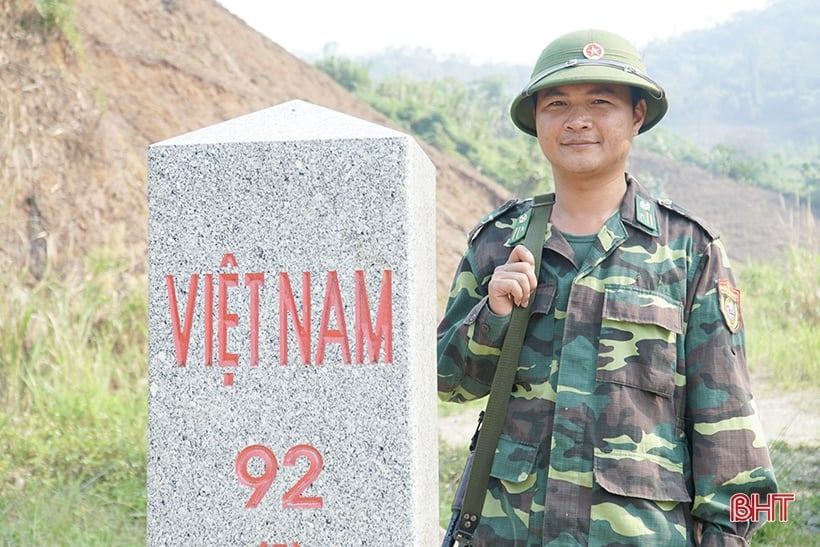
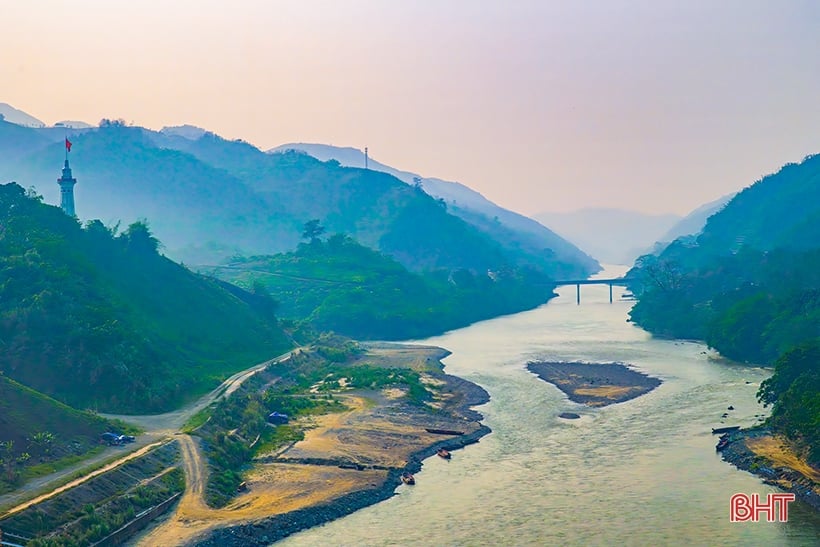
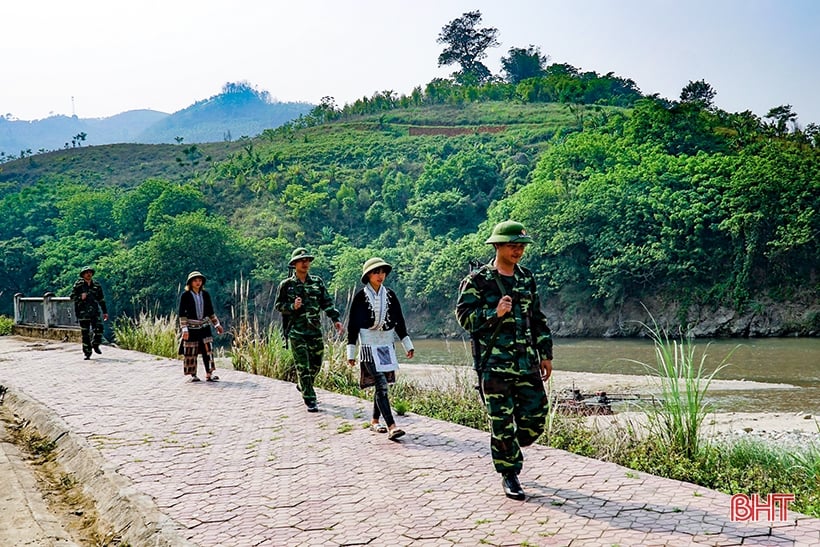






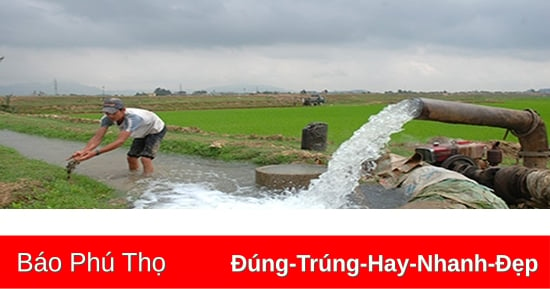
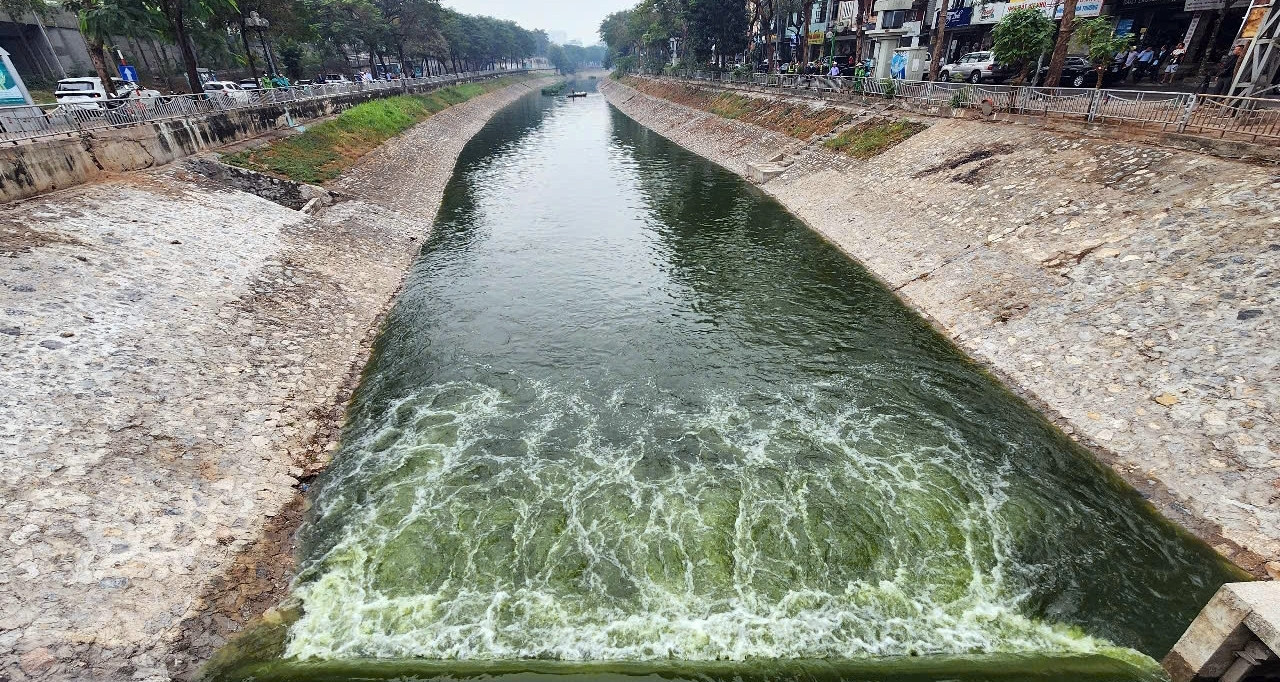

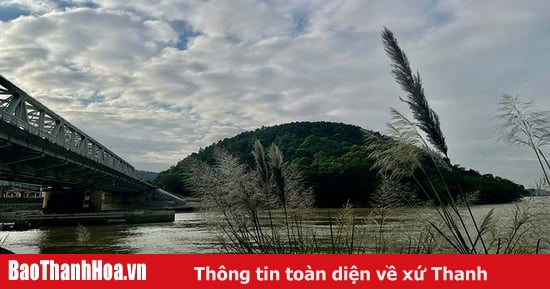

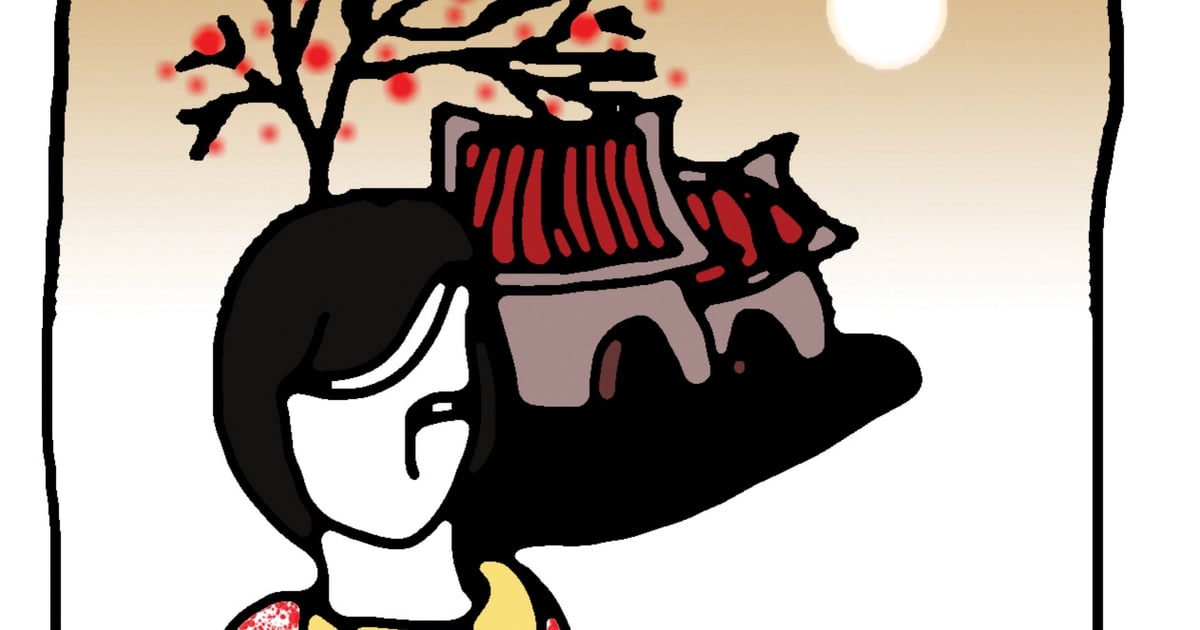









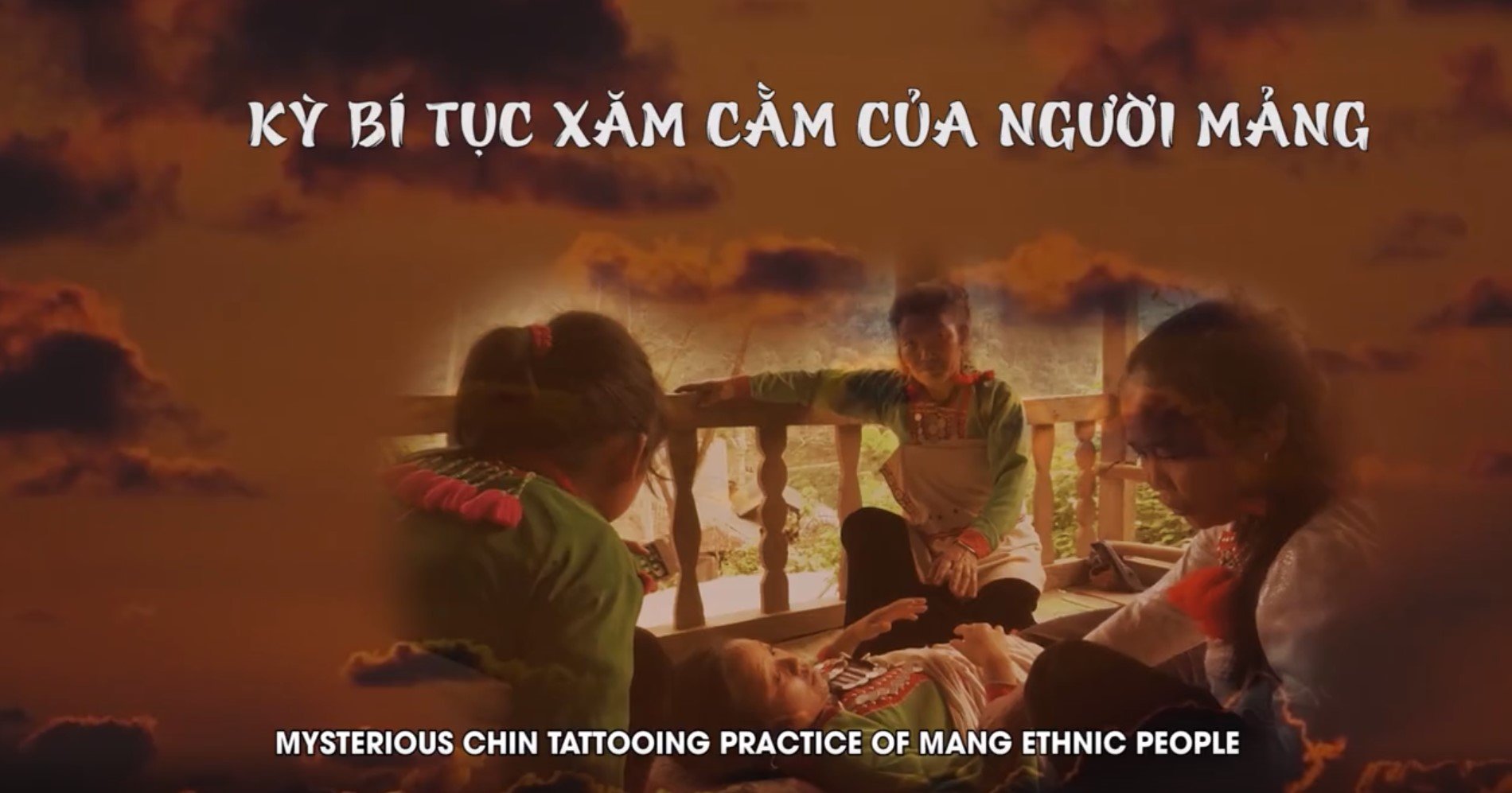
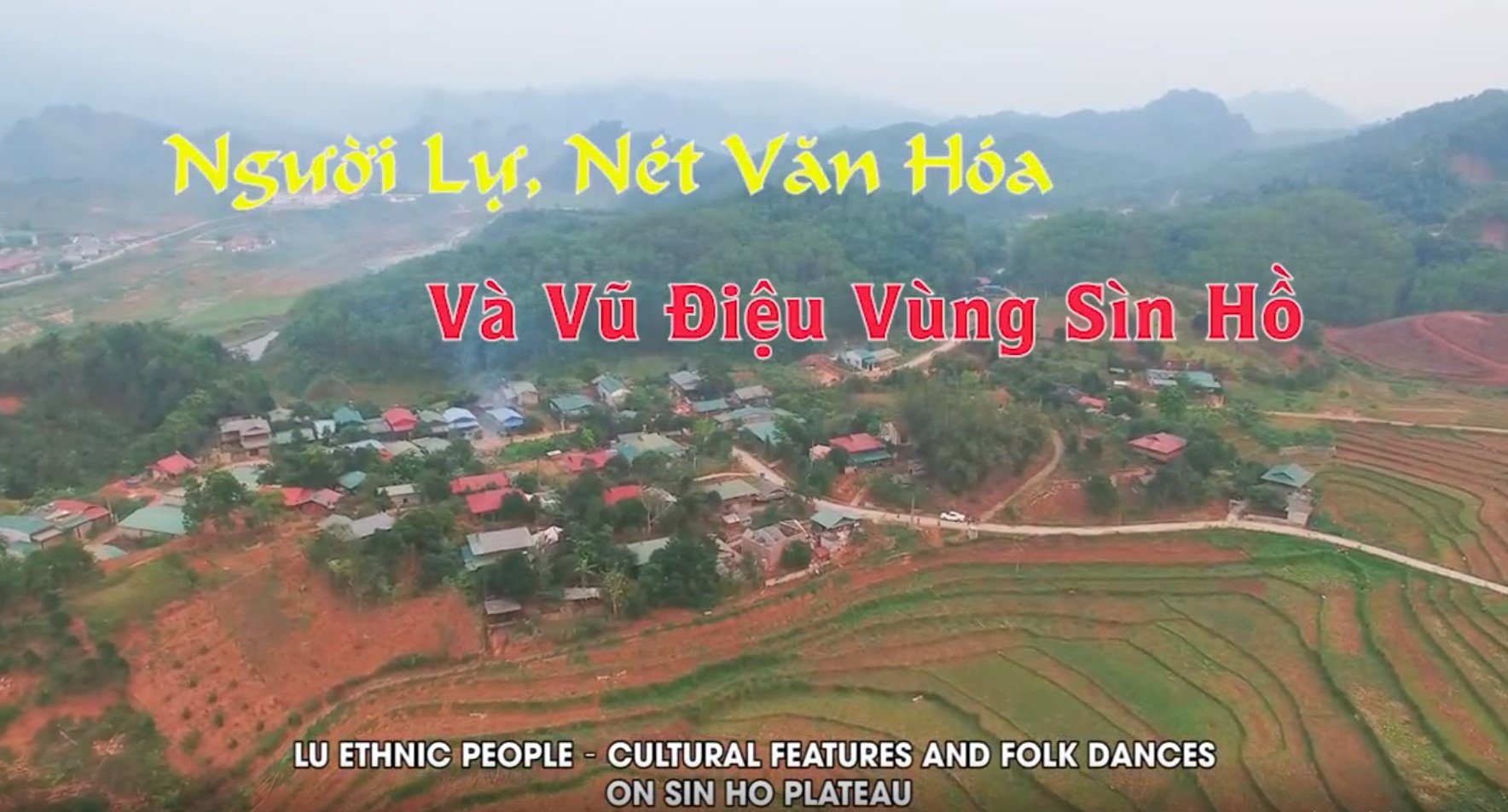

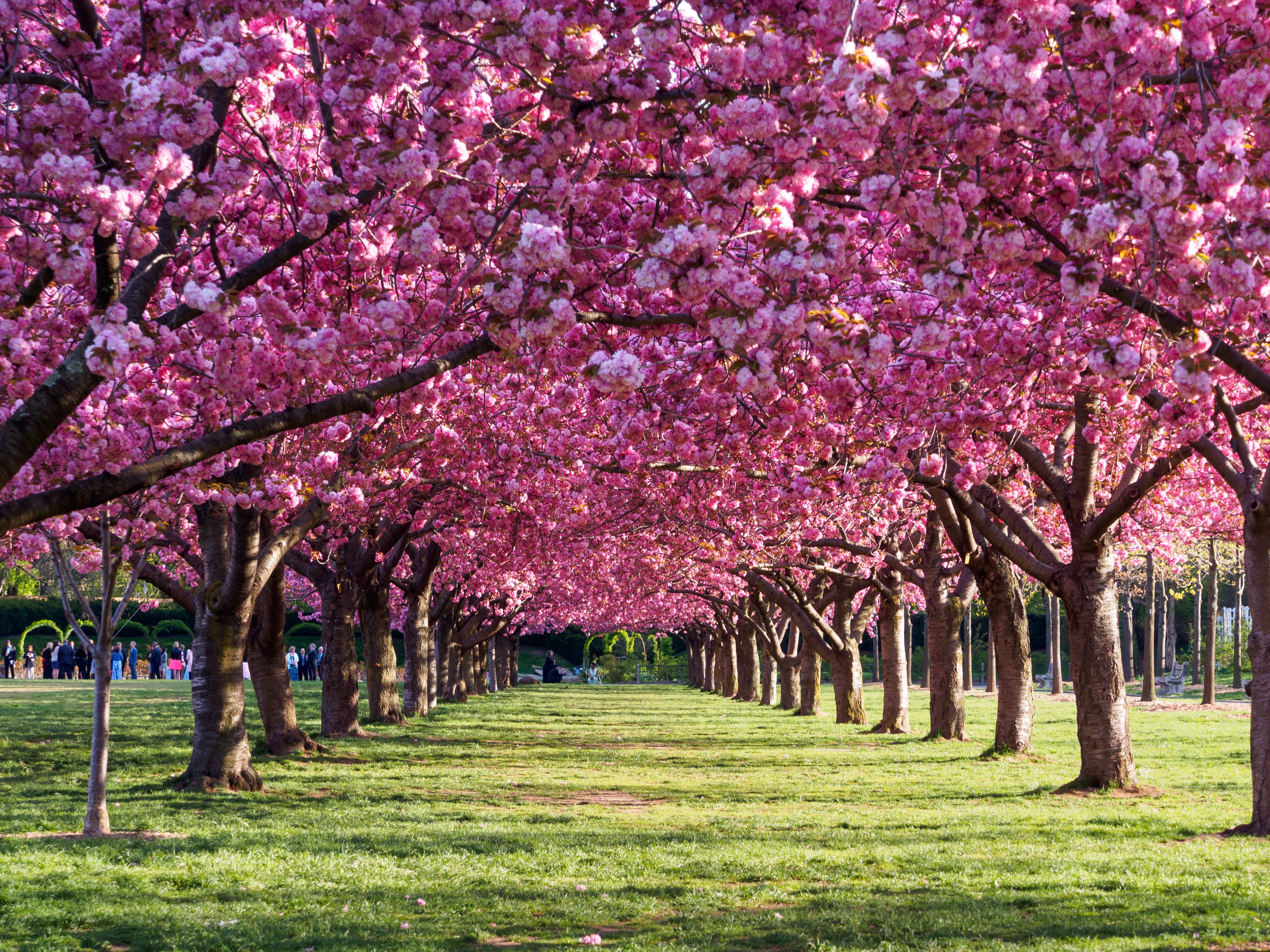
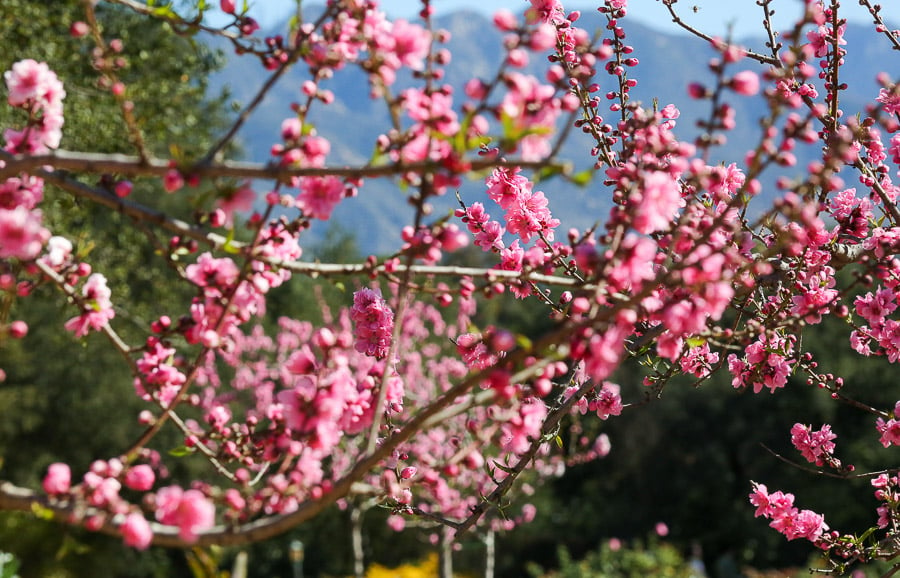








![[Photo] Prime Minister Pham Minh Chinh chairs Government Conference with localities on economic growth](https://vstatic.vietnam.vn/vietnam/resource/IMAGE/2025/2/21/f34583484f2643a2a2b72168a0d64baa)




















































Comment (0)